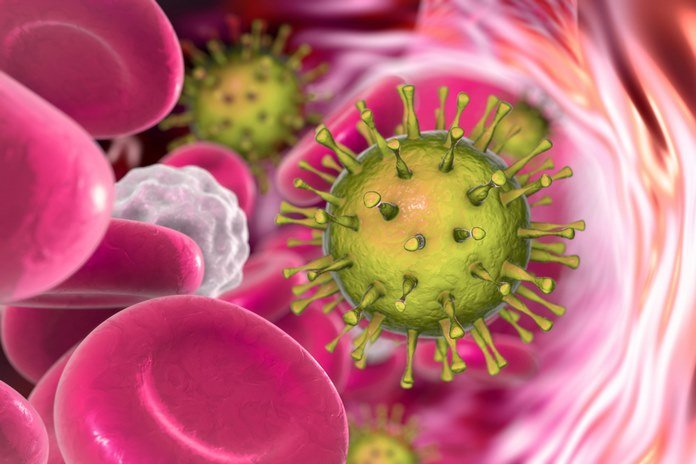Common Causes

Herpes simplex viruses get in by the skin and pass to the nerve, where they normally do not lead to problems. Herpes might lead to skin sores, therefore, when the virus gets active. HSV-2 is normally linked with genital infection, while HSV-1 is generally linked with infection around or on the lips and mouth. Other areas in the body such as the neck or eyes might also be affected. Each of the two viruses of herpes might affect the sites that are normally linked with some other viruses. There are also other herpes viruses that are not linked with such issues. For instance, chickenpox is caused by herpes zoster. Infectious mononucleosis (mono) is occurring by Epstein-Barr is also a herpes virus.
Transmission
The herpes viruses lead when they come in contact with the anus, mouth, penis, vagina, or broken skin. While herpes is most infectious when open sores well-known as ulcers are oozing or open, it might also be leading to sores that are not present and when your skin is in contact because of what is known as asymptomatic reduction. In other words, the virus is there and might be passing even if there is no clear sign of it. Unfortunately, there is no such way to check asymptomatic shedding, so you have to observe herpes infection all the time, even in the absence of the symptoms.
An individual might, in fact, themselves by touching a sore other than rubbing or scratching another site of the skin on your own body. Women who are having vaginal HSV-2 infection might also pass on the virus to their babies while vaginal delivery. This kind of transmission is most occurring if the mother has recently acquired the infection.
Reactivation and infection
Once it gets into a human cell, the HSV virus gets into the nucleus of the cell and starts the procedure of replication. At this stage, therefore cells might get infected; you might not experience any signs and symptoms. During the initial infection, the virus passed on by nerve cells to nerve branching points, called ganglia. It is there that the virus will remain in a dormant, inactive state, neither replicating nor showing any symptoms that it is even present there.
Additionally, the dormant virus might recently reactivate, beginning the replication method anew. When this occurs, the virus will get back to the nerves to the surface of the skin. With this, most of the infected skin cells are destroyed, leading blisters to develop. The eruption of such blisters forms the characteristic ulcers that are known as genital herpes or cold sores.
